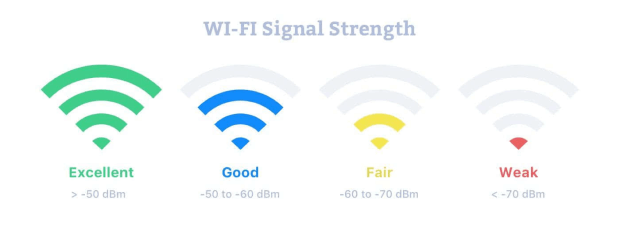
Indian economic system witnessed a slowdown in a boom in 2012-13, in step with the global economy. However, its boom fee nevertheless stays incredibly higher than that of Western nations, supported by its higher domestic demand. The twin deficits – monetary deficit and modern-day account deficit – and excessive inflation have posed problems on both monetary policy and financial policy fronts, limiting the capacity of the government to guide the GDP boom. The recent policy movements taken by using government, declining inflation, discount in economic deficit, and improving the worldwide financial environment are, in our opinion, supportive of a better increase in price in FY 2013-14.
The sharp depreciation in INR
INR has been one of the worst-performing currencies, witnessing a 9% decline in price against USD when you consider the start of the 12 months. India’s chronic modern account deficit and a decline in the flow of overseas investments to India were the number one motive for INR’s weakness. This weak point changed into further exacerbated by the US Federal Reserve’s plans to truly wind out its bond-buying program by way of mid-2014. An upward thrust in USD puts additional pressure on India’s current account deficit as the import of oil and gold has been rather insensitive to the costs to date. The current account deficit for the 0.33 zone ended Dec 2012 and changed to five.4% of GDP as compared to 4.1% of GDP for the corresponding duration preceding 12 months. To include the import of gold, the government has imposed a tax of eight percent on imported gold. The government is also taking steps to decontrol foreign funding and growth restrictions on overseas keeping in many sectors to attract better FDI.
GDP growth slows, but recovery is predicted
India’s real GDP increase bogged down to a decade low of 5.Zero% for yr ended Mar 2013 lower than 6.2% for 2011-12, impacted via weak worldwide financial surroundings, excessive inflation, and hobby costs. However, we anticipate the GDP growth to enhance in 2013-14 helped using investment development as hobby fees decline, improvement in net exports, and a better international economic environment. Indian GDP is expected to grow between 5.5% and 6.0% for FY 2013-14.
The slowdown in inflation is offering a few respites
There has been a vast slowdown in inflation rates with Wholesale Price Index (WPI), India’s authentic inflation index, declining to four.7% in May 2013, below RBI’s goal of five. WPI was at 7.3% in Dec 2012. This decline in inflation allowed the RBI to reduce the repo rate by 25 25bps to 7.25% to help the monetary growth. A fall in INR, however, has made matters complicated for the RBI. We trust that if inflation stays below the target price, the RBI may additionally look addition lower the rates going ahead.
Reduction in fiscal deficit is a large positive
Together with the contemporary account deficit, the monetary deficit has also been a chronic hassle for India. The authorities could be very aware of this issue and are trying to decrease the space. India’s fiscal deficit stood at 4.Nine% % for 2012-13, as compared to the estimate of five.2%, helped by using better nontax revenue collection at some point in the year. The authorities expect to reduce the economic deficit to 4.Eight% % of GDP in 2013-14 and reduce it progressively to a few % by 2016-17. The government is also planning to divest its stake in lots of PSUs to bridge the gap. Even after the decline, the variety stays higher than what would be deemed relaxed. With standard elections deliberate in 2014, we can see if the modern-day government can act in opposition to the urge to announce populist measures that can hurt the price range similarly.
Related Articles :
- Sanders tells Indiana supporters the US desires a financial system for all
- The Global Economy Is at the Mercy of Tiny Greece?
- What Are Penny Stocks and How to Choose Profitable Ones?
- Can the Renewable Energy Bill Boost California’s Economy?
- Federal Loan Consolidation: Qualifying and Benefits
The Indian Government has not issued any USD-denominated bonds. However, most Portfolio Managers trying to make investments in the Indian market generally tend to invest inside the quasi-sovereign area. There are some government-owned banks and corporations which difficulty with USD fixed income securities on a normal basis. In truth, the Credit Default Swap (CDS) unfold of the State Bank of India (SBI) is used as a benchmark for the sovereign threat of India. 5 12 months CDS spreads for SBI have expanded with the aid of nearly 100 basis points to 275 basis points since mid-May 2013 due to the financial worries. Depending on their view of the Indian economy, the traders should buy or sell the CDS on SBI. In our opinion, it is an easier way of gaining exposure to the Indian government than shopping for an SBI bond.
When it comes to the game’s financial system in Guild Wars 2, there are 2 predominant currencies in use: the primary being coins made up of gold and its one-of-a-kind devices at the same time, while guilds make use of having an impact on. Influence is used for getting improvements and whatnot for guilds, and is necessary for becoming a member of institution fights and PvP. The gold counterpart is the principal forex and, for that reason, could also be used to purchase have an impact on.












